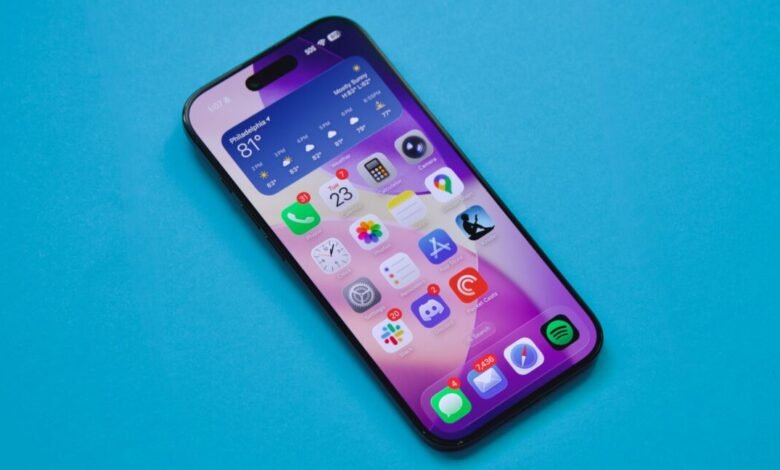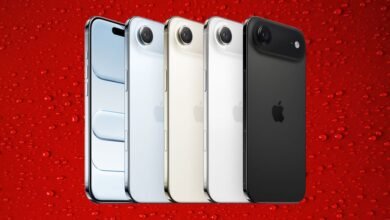iPhone Air Review: Small Changes, Big Impact

▼ Summary
– The original 2008 MacBook Air was a premium, expensive product, not an entry-level laptop, starting at $1,799.
– Historically, the “Air” branding represented an alternative path to the “Pro,” offering different benefits and tradeoffs rather than just being a cheaper model.
– The author compares the new iPhone Air to that original MacBook Air because it is also priced higher than the basic model, starting at $999.
– The iPhone Air’s focus on reducing size and weight makes it a downgrade from the standard iPhone in some fundamental ways.
– The author is reviewing the iPhone Air first because it feels like a new, distinct category compared to the standard and Pro iPhones.
The iPhone Air enters the market not as a budget alternative but as a distinct, premium choice, positioned squarely between the standard iPhone and the Pro models. Priced at $999 unlocked, it demands a $200 premium over the base iPhone, placing it in a unique category that prioritizes portability and a specific user experience over raw specifications or cost savings. This strategy echoes Apple’s historical approach with the original MacBook Air, which was launched as a high-priced, innovative alternative rather than an entry-level device.
Choosing to review the iPhone Air first felt necessary precisely because it defies easy categorization. Most people understand the core iPhone experience and the enhanced capabilities of the Pro line. The Air, however, represents a new kind of proposition. It’s a device that makes deliberate trade-offs, focusing intensely on a lightweight, compact form factor. This philosophy results in a product that is, in some fundamental ways, a step down from the basic iPhone, sacrificing certain features to achieve its sleek design and reduced weight. The question becomes whether those compromises are worthwhile for the user who values ultra-portability above all else.
Initial impressions upon unboxing the device reveal its distinct character. Placed next to an iPhone 17 and an iPhone 17 Pro, the Air’s design language immediately stands apart. The setup process highlighted several key differences from a previous-generation Pro model, from default configuration settings to the tangible feel in hand. These first observations set the stage for a deeper evaluation of what it’s like to live with a device that carves its own path.
(Source: Ars Technica)




